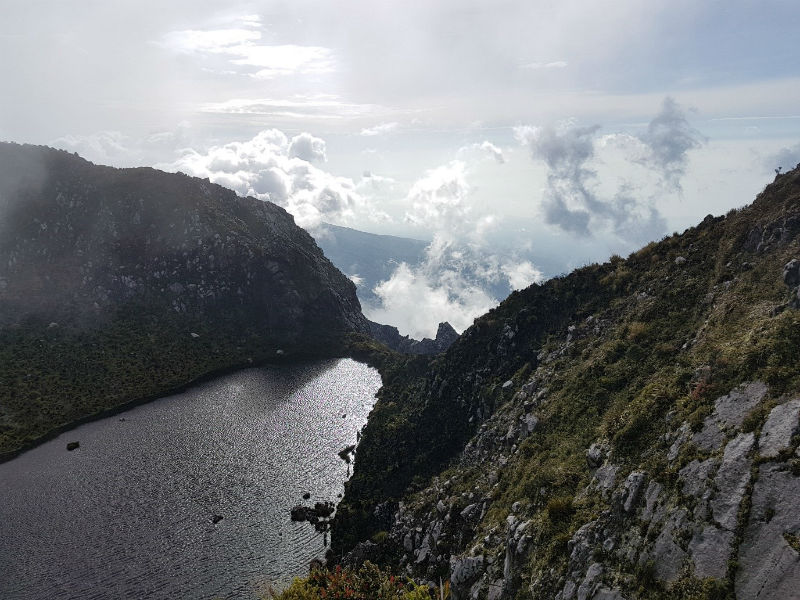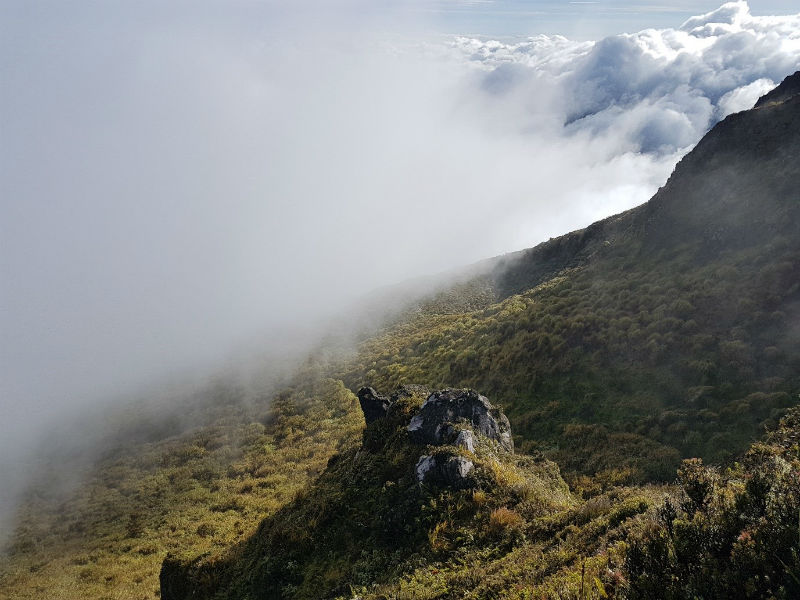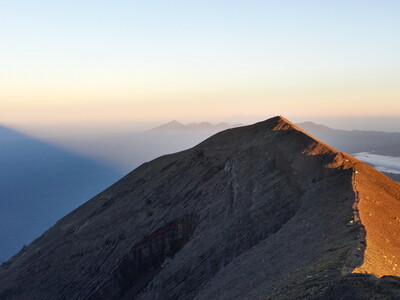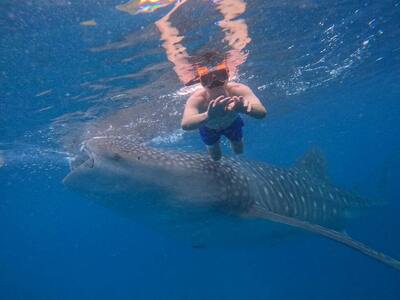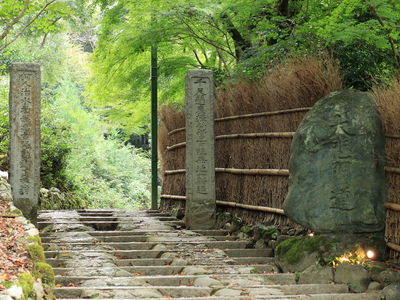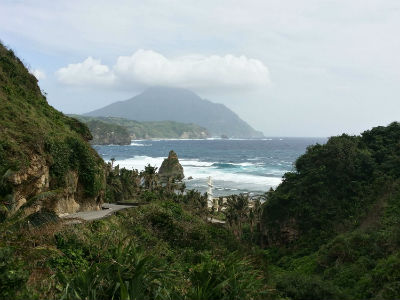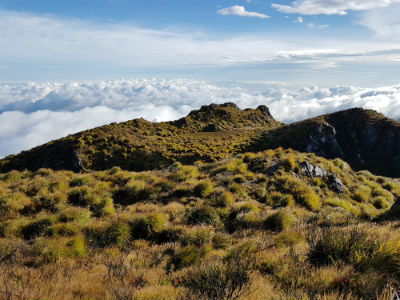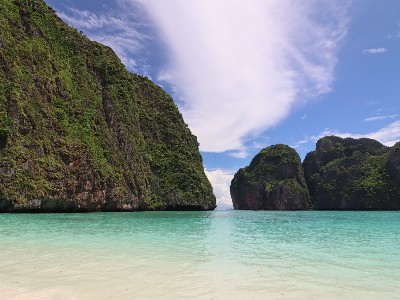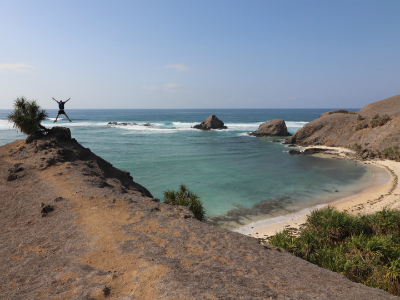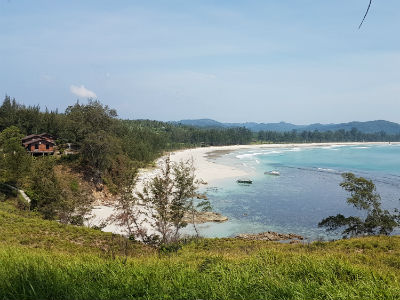Mount Apo, Philippines
The highest mountain of the Philippines
📌 By Jakub Mikula | August 22, 2019
Mount Apo (2954m) is the highest mountain in the Philippines, and it usually takes two to three days to hike.
The hike is relatively easy; however, it can get quite cold and windy above the tree line.
Ours was a two-day trip (the two of us accompanied by two guides).
We first landed in Davao, where we met our guide and took a bus to Digos City.
From there, we were taken to the first camp in Kapatagan, where we had dinner and spent the night in a tent.
On the way there, we rode big motorcycles through the pitch-dark forest, trusting that our drivers knew the way.
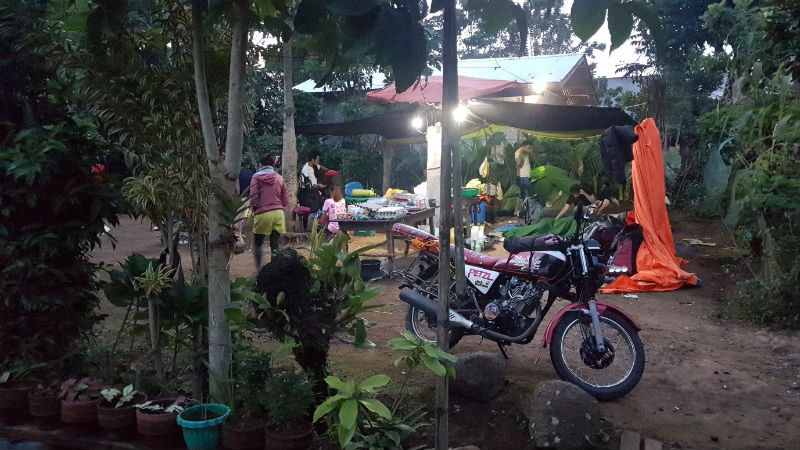
Following the trail from the village, we plunged into the lush forest.

At first, the trail was easy until we reached the first camp near a small water source.
We cooked lunch and continued.
Many people stay here overnight and wake up early in the morning to hike to the summit.
Since we were a small group, we were allowed to continue and spend the night near the summit.
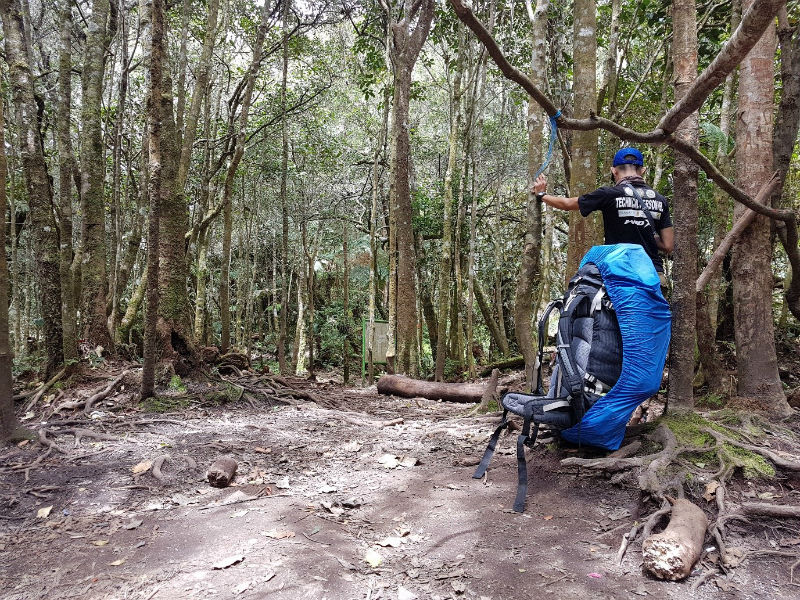
The trail started to become more difficult, and we had to climb large boulders above the tree line.
Some of them were greenish from the sulfur, which we could smell in the air.
In addition, without any trees, the wind became very strong, with occasional rain showers.
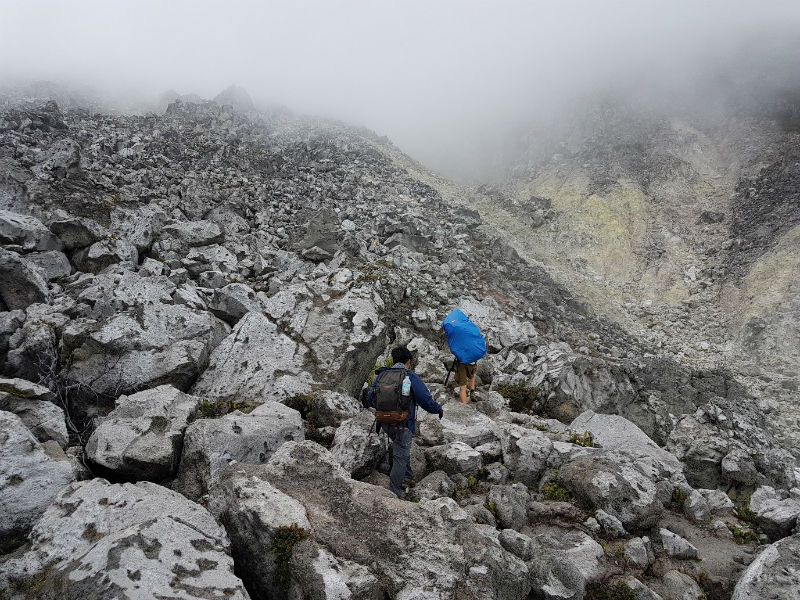
We could only shelter behind some of the big boulders to shield ourselves from the wind and the cold droplets.
We pitched a tent near the summit, cooked dinner, and went to sleep.
As I drifted off, I could hear the wind swishing across the mountain and shaking the whole tent as if it might blow us away.
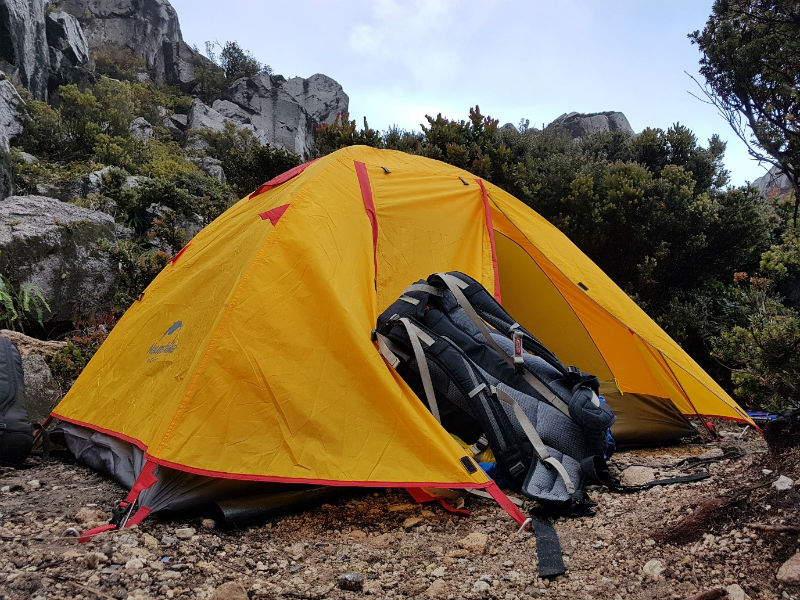
We woke up early in the morning, had a quick breakfast, and continued to the summit.
It took us only one hour.
The early morning clouds blocked most of the views, but later, as they dispersed in the strong wind, they left me speechless, revealing the beautiful mountain as if it were floating above the clouds.
